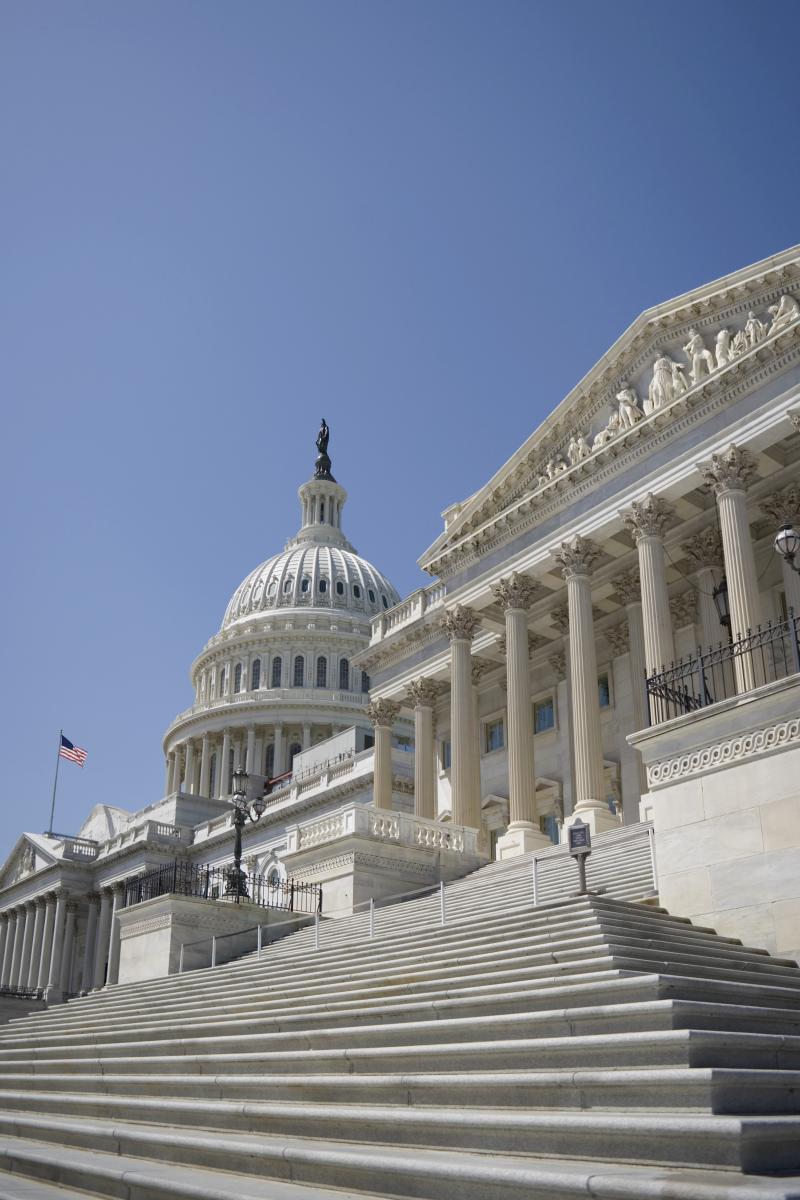 Like a vampire arising from its recent interment, limits on so-called “Mega” Roths and in-plan Roth conversions have reemerged in the latest round of legislative sausage-making.
Like a vampire arising from its recent interment, limits on so-called “Mega” Roths and in-plan Roth conversions have reemerged in the latest round of legislative sausage-making.
Just last week these provisions, along with a number that were projected to be a “game-changer” for retirement security, were dropped from consideration as Congress moved to trim the proposal’s size and scope in an effort to win support on Capitol Hill. Now these provisions—which ostensibly act to raise revenue for the Treasury—have been resurrected in the proposal.
For the most part, the provisions reviewed in a draft summary are identical with those previously under consideration, but with a significant shift in effective dates, notably the “Mega” Roth and new required minimum distribution rules for higher-income individuals with large account balances, from a period of tax years beginning after Dec. 31, 2021, to after Dec. 31, 2028.
The new version does not include previous provisions: (1) prohibiting investment of IRA assets in entities in which the owner has a substantial interest; and (2) prohibiting an IRA from holding any security if the issuer of the security requires the IRA owner to have certain minimum level of assets or income, or have completed a minimum level of education or obtained a specific license or credential.
Here's what’s (back) on the board:
Mega Roth
Included in the new proposed reconciliation proposal are new rules for taxpayers with “very large” IRA and defined contribution retirement account balances. Specifically, the legislation—effective for tax years beginning after Dec. 31, 2028—prohibits further contributions to a Roth or traditional IRA for a taxable year if the contributions would cause the total value of an individual’s IRA and DC retirement accounts as of the end of the prior taxable year to exceed or further exceed $10 million.
The limit on contributions would only apply to single taxpayers (or taxpayers married filing separately) with income over $400,000, married taxpayers filing jointly with income over $450,000, and heads of households with income over $425,000 (all indexed for inflation).
The legislation also adds back a new annual reporting requirement for employer DC plans on aggregate account balances of at least $2.5 million—reporting both to the IRS and the plan participant whose balance is being reported.
RMD Requirements
Additionally, under the terms of the proposed legislation, if an individual’s combined traditional IRA, Roth IRA and DC retirement account balances generally exceed $10 million at the end of a taxable year, a minimum distribution would be required for the following year. This minimum distribution is only required if the taxpayer’s income is above the thresholds described above (e.g., $450,000 for a joint return). The minimum distribution generally is 50% of the amount by which the individual’s prior year aggregate traditional IRA, Roth IRA and DC account balance exceeds the $10 million limit, reduced by the amount described in the next paragraph.
In addition, to the extent that the combined balance amount in traditional IRAs, Roth IRAs and DC plans exceeds $20 million, that “excess” is required to be distributed from Roth IRAs and Roth designated accounts in DC plans up to the lesser of either:
- the amount needed to bring the total balance in all accounts down to $20 million; or
- the aggregate balance in the Roth IRAs and designated Roth accounts in defined contribution plans.
Once the individual distributes the amount of any excess required under this 100% distribution rule, then the individual is allowed to determine the accounts from which to distribute to satisfy the 50% distribution rule above, except that generally no amounts may be allocated to stock in a private company ESOP. This provision is also effective for tax years beginning after Dec. 31, 2028.
'Back Door' Closed?
The legislative provisions also seek to close what has been termed the “back-door” Roth by prohibiting all employee after-tax contributions in qualified plans and after-tax IRA contributions from being converted to Roth—regardless of income level, effective for distributions, transfers and contributions made after Dec. 31, 2021. The bill also eliminates Roth conversions for both IRAs and employer-sponsored plans for single taxpayers (or taxpayers married filing separately) with taxable income over $400,000, married taxpayers filing jointly with taxable income over $450,000, and heads of households with taxable income over $425,000 (all indexed for inflation). This provision would apply to distributions, transfers and contributions made in taxable years beginning after Dec. 31, 2031.
Additionally, the bill expands the statute of limitations for IRA noncompliance related to valuation-related misreporting and prohibited transactions from three years to six years (to help IRS pursue these violations that may have originated outside the current statute’s three-year window), a provision that applies to taxes to which the current three-year period ends after Dec. 31, 2021.
It also clarifies that for purposes of applying the prohibited transaction rules with respect to an IRA, the IRA owner (including an individual who inherits an IRA as beneficiary after the IRA owner’s death) is always a disqualified person. This section applies to transactions occurring after Dec. 31, 2021.
One item not reincorporated—there is not (yet) any limitation with regard to the investments held in an IRA—an item of controversy following reports of PayPal founder Peter Thiel’s $5 billion Roth IRA that had grown from an IRA funded with stock he received as a founder of that organization in 1999—when it was worth considerably less than the $2,000 limit for such contributions.
A cautionary note—we have not yet seen the actual legislative text.

